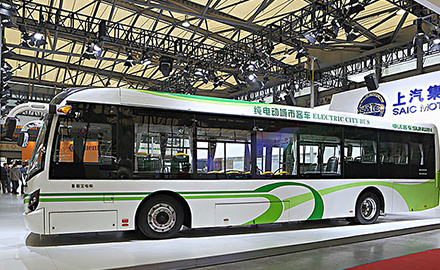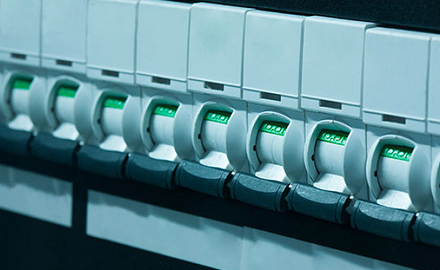Flange molding is a complex process that requires careful attention to detail and expertise from design to production. Mastering the art of flange molding is essential for achieving superior results in terms of precision, quality, and efficiency. In this blog, we will explore the journey from design to production in flange molding and uncover the key factors to consider for achieving exceptional outcomes.
Design Considerations: Optimizing Flange Functionality
The design phase is crucial in flange molding, as it sets the foundation for a successful production process. During the design stage, factors such as flange shape, size, material selection, and intended functionality must be carefully considered. The design should aim to optimize the flange's function, ensuring proper fit, attachment, and durability. Collaborating with experienced designers and engineers can help in developing optimized flange designs that meet specific requirements and achieve superior results.
Material Selection: Choosing the Right Materials for Flange Performance
Selecting the appropriate materials is vital for achieving superior results in flange molding. The chosen materials should possess the necessary mechanical, chemical, and thermal properties required for the intended application. Factors such as strength, flexibility, impact resistance, and environmental compatibility must be taken into account. Collaborating with material suppliers and leveraging their expertise can assist in selecting the right materials that optimize flange performance and durability.
Molding Techniques: Employing Precision Manufacturing Processes
The production phase in flange molding involves utilizing various molding techniques to achieve superior results. Injection molding, overmolding, and thermoforming are commonly employed techniques, each with its unique advantages. Injection molding offers precise control over geometry and enables mass production. Overmolding allows for combining different materials to enhance functionality and aesthetics. Thermoforming provides seamless and durable flange components for specific applications. Selecting the appropriate molding technique based on the design requirements and project specifications is crucial for mastering flange molding and achieving superior results.
Quality Control: Ensuring Consistency and Reliability
Quality control measures are vital throughout the flange molding process to ensure superior results. Inspection and testing at various stages, such as material verification, dimensional checks, and functional testing, help identify and rectify any issues early on. Implementing robust quality control processes and adhering to industry standards and certifications ensures consistency, reliability, and customer satisfaction. Regular monitoring and optimization of production processes contribute to continuous improvement and the achievement of superior results.
Continuous Improvement: Learning from Experience and Feedback
Mastering flange molding is an ongoing process that requires continuous improvement. Learning from experience and customer feedback plays a crucial role in refining the design, material selection, molding techniques, and quality control processes. Gathering insights and incorporating lessons learned into future projects and productions enables the refinement of techniques, enhancement of efficiency, and achievement of even better results in flange molding.
Mastering flange molding from design to production is essential for achieving superior results in terms of precision, quality, and efficiency. By considering design considerations, selecting appropriate materials, employing precision molding techniques, implementing robust quality control measures, and embracing continuous improvement, manufacturers can optimize flange functionality, ensure consistent and reliable production, and exceed customer expectations. The journey of mastering flange molding is an ongoing one, where experience, expertise, and innovation come together to achieve exceptional outcomes in this specialized manufacturing process.


 English
English 日本語
日本語 français
français Deutsch
Deutsch Español
Español italiano
italiano русский
русский العربية
العربية tiếng việt
tiếng việt Polska
Polska română
română













